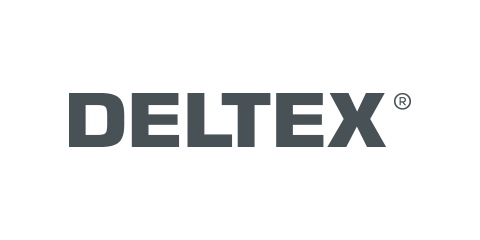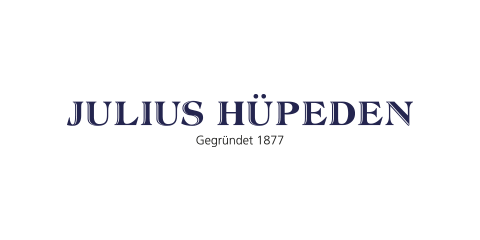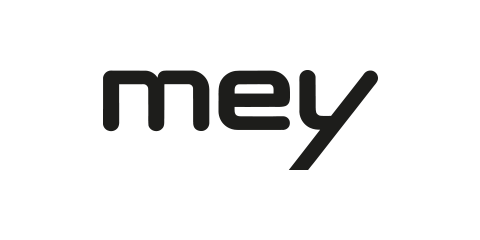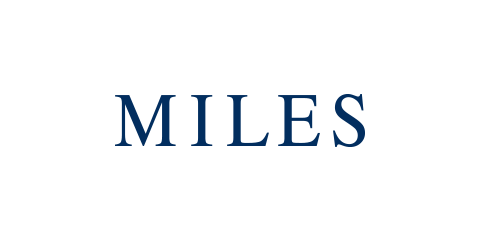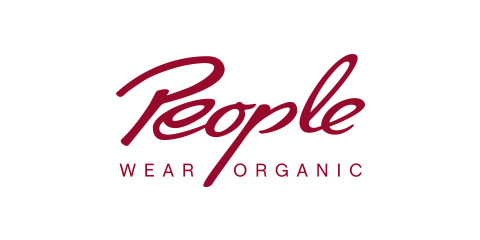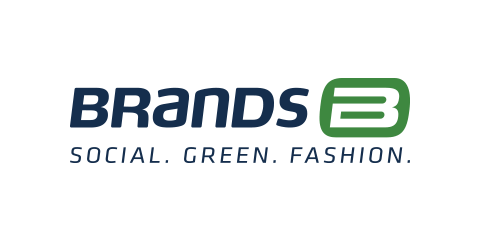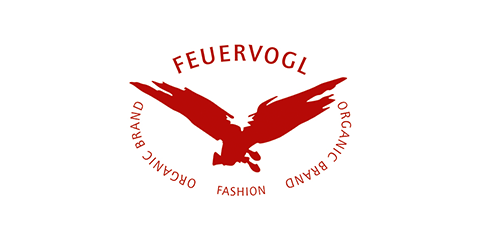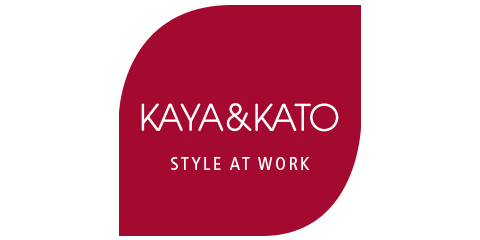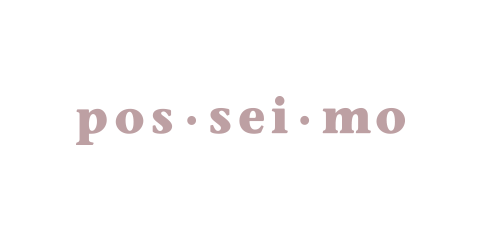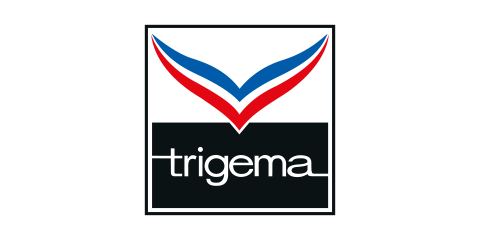1 year Green Button
365 days ago, shopping for sustainably
produced textiles got a lot easier.
Happy Birthday, Green Button!
One year after its launch, more than 50 companies now offer products with the German government-run Green Button certification label. That’s double the number at the start, despite the COVID-19 crisis, which is hitting the textile industry hard.
One third of all Germans already recognise and approve of the Green Button. Many have already bought products – shops sold around 50 million textiles with the Green Button label in the first half of 2020. This means the Green Button is now a firm fixture on the market, along with the social and environmental criteria it stands for. Sustainably produced textiles that comply with these standards are easier for consumers to find and are making their mark.
50 companies
More than 50 companies sell textiles with the Green Button label. A dozen more are currently being audited, and 100 companies – including some outside of Germany – are receiving advice on potential certification.
50 million textiles
Around 50 million textiles with the Green Button were sold in the first half of 2020, despite the COVID-19 pandemic – a market share of between 1.5 and 3 per cent in the first year. 1
Product diversity
The textiles on offer range from T-shirts to outdoor jackets, from bed linen to towels, from backpacks to specialist workwear
A familiar label
After just one year, one in three Germans has heard about the Green Button. Compared to other labels, that’s impressive – and it’s a clear indication that people support a government-run label that certifies social and environmental criteria.2
1) GIZ, survey of 25 Green Button companies. There are no official comparative figures from the trade associations for the German market as a whole. It is estimated that between 2.3 and 5 billion items of clothing were sold in Germany in 2019.
2) GfK, 2020 survey, n=1,000
Joining forces to put sustainability and global responsibility into practice
‘The Green Button’s first anniversary falls in a difficult year. But the COVID-19 crisis and its effects on the textile industry have shone a light on one thing: we need a fundamental shift towards more sustainability and global responsibility. So I am especially pleased that 50 pioneer companies are resolutely moving in this direction.’
Dr. Gerd Müller, German Development Minister

The Green Button on Instagram: inspiration for shopping more sustainably
What exactly is a capsule wardrobe? Which fibres are sustainable? What can I do to make my textile consumption more responsible? Interesting sustainability facts, prize competitions and, of course, plenty of fashion ideas – all this and more on the Green Button’s German Instagram channel, live since April. Follow, like and make a difference!
Our expert advisory council: working on the Green Button’s future
In its initial phase, the Green Button criteria address the ‘bleaching and dyeing’ and ‘cutting and sewing’ stages, already going right to the heart of the textile supply chain. These processes apply to every single one of the 100 billion items of clothing that are produced each year. And they pose particularly tough social and environmental challenges.
But the objective of the Green Button is to protect people and the environment across the entire textile supply chain – from the raw fibre to the clothes hanger. So the Green Button is constantly under development – with the support since March of an independent advisory council of experts.
Success stories – consumers’ response to the Green Button
We can look back proudly on a successful year for the government-run textile label
The Green Button 1 year on
What consumers bought
Green Button textiles sold in the first six months of 2020: approx. 50 million. That equates to a market share of between 1.5 and 3 per cent in the first year.
50 million textiles sold
Almost 35 million items of clothing
More than 12 million household textiles
More than 3 million textile accessories and shoes
Label recognition
One in three Germans knows about the Green Button.
Yes to the government-run textile label
96 per cent of people who know about the Green Button label approve of it.
Well-deserved trust
70 per cent of interviewees who know about the Green Button label say they can trust it.
People associate a wider-than-average range of criteria with the Green Button
Top issues:
(1) ban on child labour
(2) ban on the use of hazardous chemical
(3) payment of minimum wages
(4) guaranteed workplace safety and security
(5) testing of materials for harmful substances
1) Source: GIZ, survey of 25 Green Button companies (icon 1 and 2)
2) Source: GfK, 2020 survey, n=1,000 (icon 3 – 5)
Milestones in the Green Button’s first year – and what happens next
Launch
On 9 September 2019, German Development Minister Dr Gerd Müller presented the government-run textile label to the public. As the first ones in their industry, 27 pioneer companies had products certified right at the start of the Green Button.
Expert advisory council begins work
Since March 2020, an independent advisory council has been helping to develop the Green Button programme.
Issuing body starts work and begins market monitoring
In May 2020, public-benefit company RAL GmbH becomes the official issuing and monitoring body for the Green Button.
Progress on internationalisation
The Green Button has been an international certification label since its launch. To achieve better trademark protection for the label in the European Union, an application was submitted to the European Patent Office for registration as a European certification mark.
Public and private sector procurement
Buyers in the public and private sectors are relying increasingly on the Green Button. Hospitals and hotels have based their textiles choices on the government-run certification label. Well-known companies like the Netto supermarket chain have issued their staff with certified workwear. And a dozen German Bundesliga football teams, including VfB Stuttgart and 1 FC Union Berlin, offer fan apparel with the Green Button label.
50 companies
After just one year, around 50 companies already sell textiles with the Green Button label. Products range from socks to pillowcases and many things in between.
What’s next for the Green Button?
The Green Button 1 year on
Green Button 2.0 draft
The second, extended version of the textile label aims to widen its protection of people and the environment and further reduce risks in the textile supply chain.
Public consultation
The proposals for the Green Button 2.0 criteria will be presented for public consultation on www.gruener-knopf.de. Everyone with an interest in the topic can view and comment on the proposed criteria here. The criteria will then be finalised with the help of the expert advisory council.
First products with Green Button 2.0
The first products carrying the Green Label 2.0 are scheduled to be certified at the beginning of 2022.
Questions & Answers
Want to find out more about the Green Button? We’ve gathered the most important questions and answers for you here.
Our gallery shows some of the finest moments from the Green Button’s first year.









